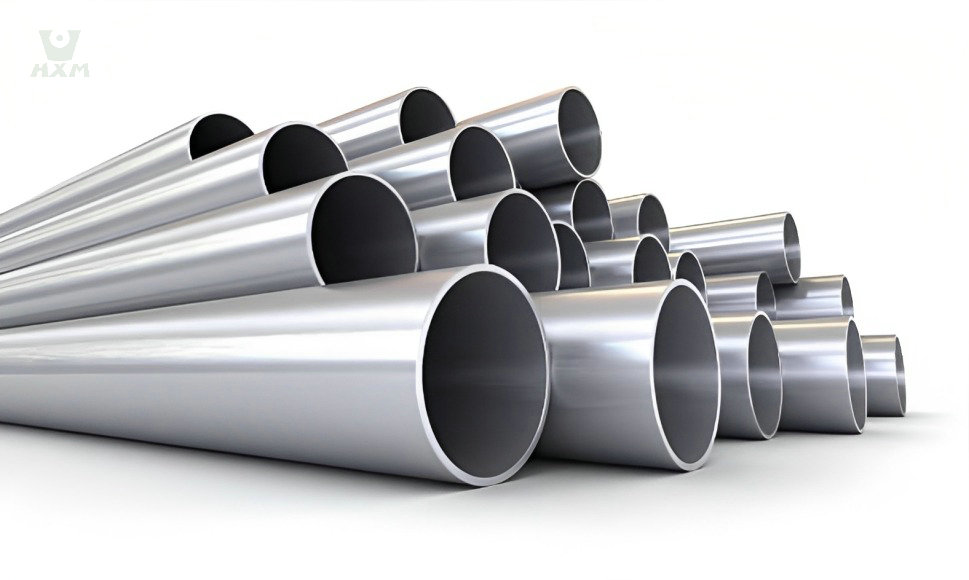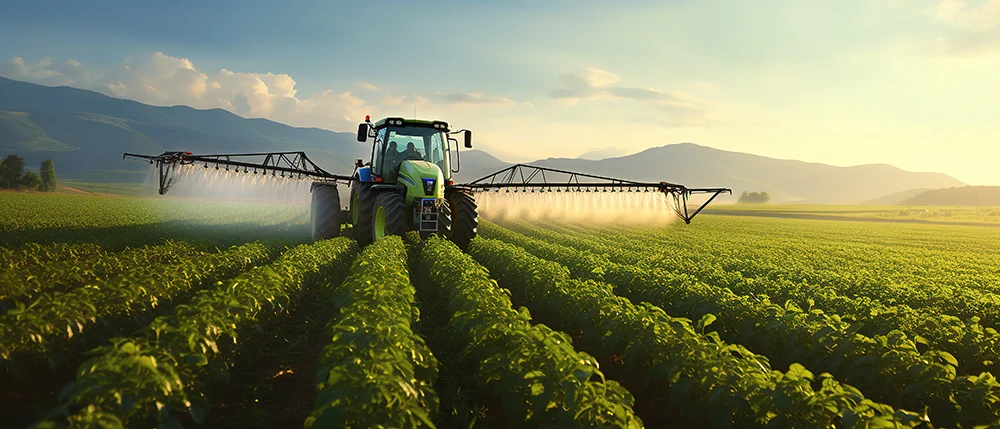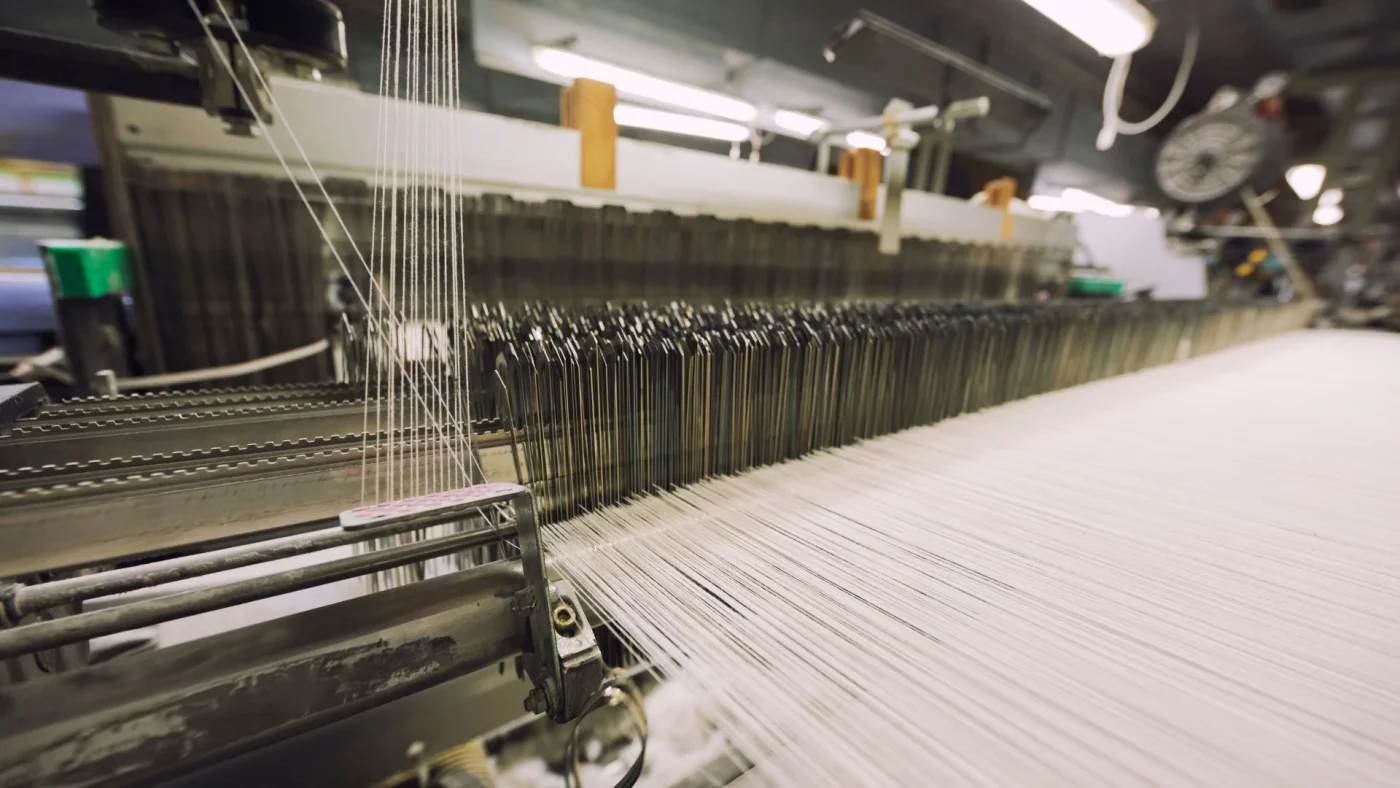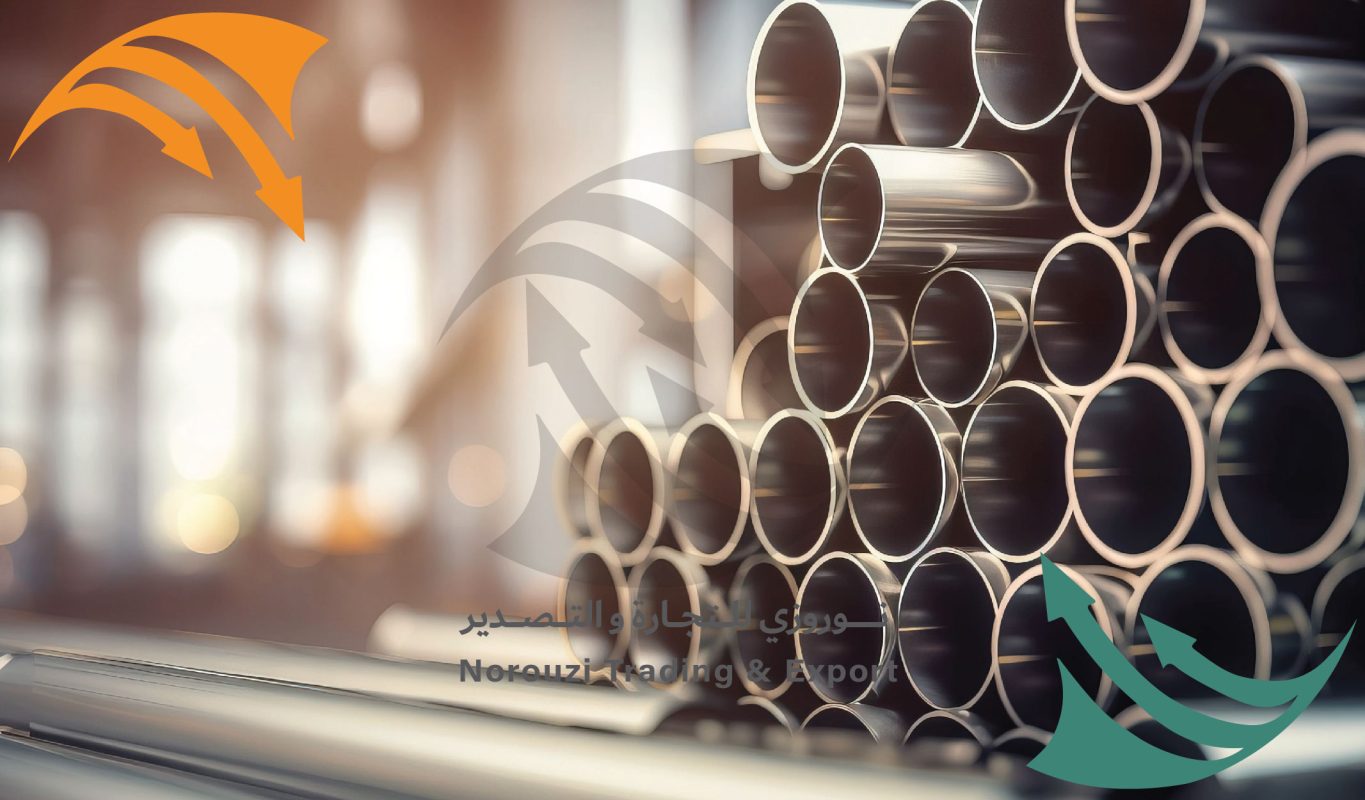Stainless steel, also known as stainless steel, is one of the most important metal alloys that exhibits excellent resistance to rust and corrosion. Due to its unique properties and numerous applications, the purchase and sale of stainless steel has met with widespread demand from various industries. In the manufacture of this type of steel, iron is combined with amounts of carbon and other key elements such as nickel, chromium, and molybdenum. The presence of a significant percentage of chromium in steel compounds gives it a protective layer that reduces the likelihood of damage caused by corrosive agents and moisture. Since different types of rust-resistant steel are used in different industries, in the following article we will examine everything you need to know about this widely used and practical alloy.
Properties and characteristics of stainless steel
As mentioned, in the purchase and sale of stainless steel, you are faced with products that cover the needs of a wide range of industries. This type of alloy, with its unique features and properties, has come to the aid of various industries in order to produce various products and goods. In the composition of stainless steel, about 12 to 20 percent chromium is present; for this reason, this alloy is resistant to corrosion and moisture. Also, the presence of elements such as manganese, carbon, cesium, nickel and molybdenum in the composition of this type of steel has added other diverse and practical properties. The following are among the main features of stainless steel:
1. Recyclability:
Since steel is among the important and highly demanded goods in the world, its recycling is considered a profitable economic opportunity. This is because this type of steel is considered an indecomposable metal, which allows for 100% recycling.
2. High durability:
The main properties of stainless steel include its excellent mechanical properties and unparalleled resistance to corrosion. The high durability of this type of steel leads to reduced maintenance and repair costs of goods and also to an increase in their useful life.
3. Compatible with maintaining human health:
The easy and quick cleaning of stainless steel has placed it in the category of the best and most compatible alloy for maintaining human health; because the growth and production of bacteria is very limited in it. In general, this type of steel is surprisingly environmentally friendly and does not cause any harm or danger to animals, nature and humans.
4. Economical:
In addition to the diverse properties of this alloy, buying and selling stainless steel is also considered economically cost-effective. This feature is tied to the main characteristics of stainless steel, especially its high durability, long service life and low maintenance costs. In this way, we witness a reduction in project costs and inspection costs.
How is stainless steel made?
The manufacturing and production of stainless steel includes specific steps, each of which involves special processes for steelmaking. The following main and important steps have been defined for the manufacture of rust-resistant steel:

Step 1: Melting of raw materials
In this step, the raw materials of the steel are first melted in special furnaces (electric arc furnaces). Then, with the settling of the molten materials and the separation of the slag, its initial purification is carried out.
Step 2: Removing carbon content
In the next step, excess carbon is removed from the stainless steel compounds. To reduce carbon, the AOD or argon oxygen desorption method is used.
Step 3:Continuous casting
In the third step in the production of stainless steel, the molten and purified materials are poured into casting molds. Finally, they are cut into billets or slabs.
Step 4: Forming
This step, which also has a great impact on the purchase and sale of stainless steel, is the forming process. In this step, the steel is formed into various shapes, each of which has unique applications in industries. The forms of steel formation in this step can be rectangular, round, square, rod or tube.
Step 5: Hot Rolling or Heat Treatment
In the hot rolling process, the recrystallization of the steel occurs at very high temperatures. In choosing the most appropriate temperature for the hot rolling process, the grade of stainless steel is taken into account.
Step 6: Cold Rolling
Cold rolling refers to a process in which the recrystallization of the steel occurs at below zero temperatures. It should be noted that this step is only performed when specific dimensions of the steel are required.
Step 7: Annealing
Annealing, also known as steel annealing, is a process that is performed to refine the grain structure of steel, increase its softness and ductility. In the annealing stage, the steel is cooled and heated in a controlled and specified state.
Step 8: Descaling
After the annealing stage is completed, we witness the formation of surface oxides on the steel, which affects both the beauty of the steel piece and the quality of its mechanical properties. In this way, during the descaling process, all oxides present on the surface of the steel are eliminated.
Step 9: Cutting
The next stage in the manufacture of stainless steel is its cutting, which is performed to create this alloy in various or customized sizes. In the stainless steel cutting stage, these industrial tools are used:
• Guillotine knives for cutting
• Circular knives for shearing
• High-speed blades for sawing
Step 10: Finishing
In the last stage of stainless steel manufacturing, it is associated with surface finishing on the steel to provide a beautiful, uniform and smooth product to various industries.
Stainless Steel Applications
In buying and selling stainless steel with various industries We are faced with a situation where each of them purchases this product to meet an important part of their production needs. The many uses of stainless steel in most industries are undeniable; because in the absence of this highly consumed metal, the production process of many goods will face problems. Some of the important industries that have a high demand for the purchase and use of stainless steel are as follows:
1. Chemical industries and refineries:
• Oil, gas and petrochemical industries for use in distillation towers
• Acid production plants
• Plastics
• Fertilizers
• And …

2. Construction industries:
• Manufacturing of handles and railings
• Elevators
• Application in exterior facades of buildings
• Etc.

3. Aviation industries:
Manufacturing of aircraft bodies, nozzles, skeletons and engines

4. Food and beverage container manufacturing industries:
Manufacturing of various containers with the advantage of easy cleaning, easy disinfection, compatibility with human health and the absence of the effect of its alloy on the taste of food and beverages

5. Household equipment and appliance manufacturing industry:
• Manufacturing of washing machines
• Household and industrial dryers
• Etc.

6. Agricultural industries:
Manufacturing of agricultural equipment

7. Weaving industries:
• Manufacturing of production machinery
• Textile machines
• Peroxide tanks
• Chlorine bleach tanks

Different forms of stainless steel in the market
In the stainless steel buying and selling market, various products are seen, each of which offers different forms and unique features. Some common types of stainless steel include:
Austenitic stainless steels
These products are actually considered the most common types of stainless steel, which contain at least 16% chromium in their composition. The presence of this significant percentage of chromium in the structure of austenitic steel has made it one of the most resistant products to corrosion and rust. It is interesting to know that this type of steel has a substructure with manganese, nickel and nitrogen compounds, which has doubled the strength of its structure.
The main features of austenitic steel include its uniform structure at different temperatures, excellent weldability and suitable formability. The two main grades of austenitic stainless steel are as follows:
1- Grade 200:
• Consists of manganese, chromium and nickel
• Has higher yield strength than grade 300; Due to having 50% more nitrogen
• Excellent corrosion resistance
2- Grade 300:
• Consists of chromium and nickel
• The most widely used grade in austenitic steel
Ferritic stainless steels
In introducing the different forms of stainless steel, it is time for the 400 series steels known as ferritic steel. This type of stainless steel contains 10.5 to 27% chromium along with large amounts of nickel; for this reason, it shows moderate resistance to corrosion. These steels have magnetic properties and include two main grades, 430 and 434.
Martensitic stainless steel
In the stainless steel buying and selling market, there is another product called martensitic stainless steel, which actually includes the 400 and 500 series. This series of stainless steels offers the highest hardness; Because they are hardened by a combination of hot and cold rolling. This series of products contains 12 to 14 percent chromium, a significant amount of nickel, and 0.2 to 1 percent molybdenum. Martensitic steel is in the category of magnetic steels, whose hardness doubles under heat treatment.
Precipitation Hardening Stainless Steel
In introducing the most famous forms of stainless steel, it is time for precipitation hardening steel or PH. This type of steel has compounds containing 4 percent nickel and 17 percent chromium. Heat treatment on PH steels has led to their strengthening at high levels. To increase the resistance of this type of steel products, elements such as aluminum, copper, and niobium must be added to the steel compounds.
Duplex Alloys
Duplex alloys are another stainless steel product that has excellent resistance to stress and corrosion. Duplex stainless steels contain the following elements and amounts:
• 19 to 28 percent chromium
• 5 percent molybdenum
• 5 to 7 percent nickel
Price of stainless steel
In the purchase and sale of stainless steel, we see different prices that may make it difficult for you to compare quality and reasonable price. In general, the price of stainless steel is higher than other steels; because the elements used in it have a higher price. This is while the many applications and high demand of various industries for purchasing stainless steel cannot be ignored. The extensive industrial uses of various types of stainless steel are such that in some cases it is also used instead of spotlights and mirrors; because it has a shiny and polished surface. All these features have led to an increase in the price of this type of steel compared to its other counterparts.
Buying and selling stainless steel
Buying and selling stainless steel is done in a vast and extensive market where we witness the presence of different brands, large and small manufacturers, diverse products and competitive prices. Without a doubt, to be present in these conditions in order to buy or sell all types of stainless steel, you must have high awareness of all the different aspects of this product. Whether you are buying or selling stainless steel products, you must be proficient in how to recognize quality, manufacturing materials, their type of application in different industries and many other topics. If you intend to buy stainless steel to meet the needs of your industry or business, it is better to go to experienced and professional suppliers to ensure a satisfactory and appropriate purchase. These well-known collections, in the first step, with specialized supervision and expert advice, lead you to purchase products that are capable of meeting your business needs. Then, with Excellent quality, reasonable price and good after-sales service provide you with the opportunity to have a satisfactory and ideal shopping experience.
Ways to supply stainless steel
To supply all kinds of stainless steel to meet the needs of various industries, you can contact the manufacturing factories directly. For this, the volume of your requested product needs to be very high; otherwise, you should go to the suppliers active in this market. To choose a reliable supplier in the steel market, first inquire about their name and reputation, and then consider the brands, variety and quality of their products.
Note that a good and professional supplier in this field adheres to production standards, provides warranty certificates and after-sales services. The important point is that after finding reliable and reputable sellers, you can save money and time by purchasing the types of stainless steel you need online.
Factors affecting the price of stainless steel
As mentioned, the price of stainless steel is higher compared to other types of steel; because these products have unique processing, materials, and quality. In the meantime, there are some other important factors that play a key role in the pricing of stainless steel, such as:
• Quality of raw material
• Type of steel composition
• Manufacturer’s brand
• Steel market conditions
• Exchange rate
• Type of stainless steel
• Type of stainless steel shape
• Market conditions in terms of supply and demand
• And…
Concluding remarks
Stainless steel is one of the products of the steel factory that is used in various industries due to its excellent resistance to environmental factors, especially corrosion and rust. Buying and selling stainless steel is done in a market where different brands and products are present; therefore, in addition to assessing the needs of your business and industry, you should go to professional and reputable suppliers. Given the widespread use of various types of stainless steel in important industries and the presence of this product in most of the appliances we see around us, in this article we will examine everything you need to know about stainless steels and key topics related to them.



 العربية
العربية